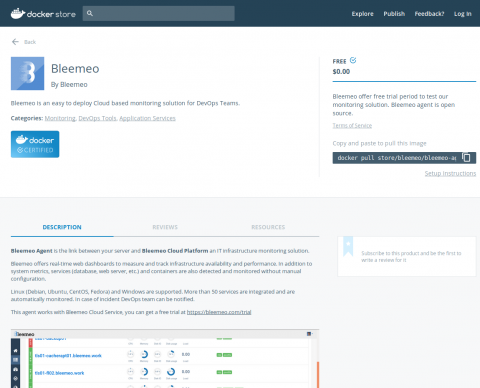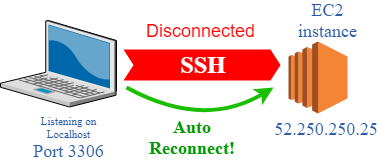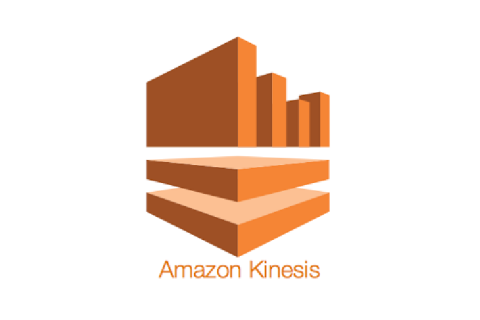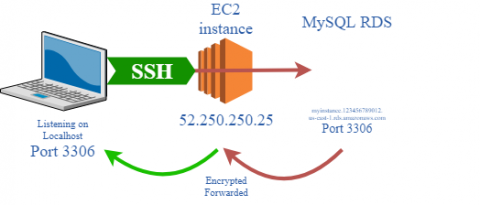How to monitor availability of any web site?
The main feature of HostTracker monitoring service is the regular checks of websites with monitoring intervals from 1 minute. Moreover, the HostTracker’s dedicated global monitoring checkpoints network currently includes more than 140 servers all over the world.










